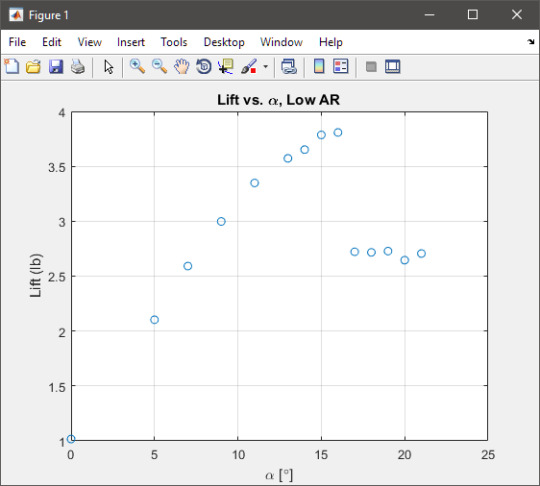#ColdCooking
Explore tagged Tumblr posts
Text

🌞 Let the summer fun begin! 🎨🎉 Cambridge Montessori presents an exciting Kids Summer Camp for ages 3 to 10 years! 🗓 2nd May to 15th May 🕥 10:30 AM to 12:30 PM Let your child explore creativity, joy, and learning through fun-filled activities like Art & Craft, Dance, Games, Pool Party, and more! 💃🧩🎨
📍Branch: Sector 21, Kharghar 📞 Call Now: +91 9321148266
#SummerCamp2025#KidsSummerCamp#CambridgeMontessori#KhargharEvents#FunLearning#ArtAndCraft#PoolPartyFun#DanceAndMusic#ColdCooking#FingerPuppets#FashionShowForKids#SummerFunForKids#PreschoolActivities#KhargharMoms#CreativeLearning#ToddlersActivities
0 notes
Text
Week 6- Back to Basics
So, my title game definitely peaked in my Week 4 post. I’m not sure how I’m going to come back to that perfect mix of rhyme and information contained in a single title. So like the activities we’re undertaking this week, I’m going back to basics with my title (eh? eh? It’s not great, I know).
Anyway, this week was fairly uneventful. We watched some flow viz presentations, which were very cool. I quite liked the supermileage car project. The very premise, that of a laminar separation bubble, was a concept completely foreign to me. I also wonder if the supermileage team had considered adding some sort of trip strip to their car to reduce the effect of this laminar separation bubble. I think it’s at least worth a mention to the team right?
The other, more interesting part of the week (to me) was spent back in the lab, once again getting back to basics with a simple force balance test lab. The premise being that we test two different aspect ratio wings and measure the lift and drag they generate to make sure the force balance is working correctly.
There were a couple other pieces of data at work though, so it wasn’t totally boring. One of the things we were looking for was when the wing stalled completely.

One thing that absolutely amazes me is that Tumblr has had the same terrible gif support for like ten years. Anyway, as you can see from the gif (or maybe you can’t, I don’t know), the most outboard tuft still seems to be in attached flow, but the inboard tufts are flapping wildly about, indicating they are in stalled flow. This peculiar behavior is a consequence of the wingtip vortices and thus is impacted by the aspect ratio of the wing. So, theoretically, the higher aspect ratio wing should stall at a different angle of attack than the lower aspect ratio wing.

So does the higher aspect ratio wing stall earlier or later than the low aspect ratio wing? I initially thought later, using the logic that a higher AR is closer to an infinite (ideal) wing, so a higher AR gives you more ideal performance and thus a later stall angle.
I was wrong in that assumption. I should have actually thought through what I had experienced with the flow viz experiment, where we noticed that the tip of the wing was experiencing attached flow, but the middle was stalled due to the wingtip vortices. The higher AR wing, being closer to an infinite wing, will have less influence due to wingtip vortices, and thus will stall completely earlier than the lower AR wing.
Besides stall, I was again the code monkey for my group, using my quick thinking and fast fingers to whip up a MATLAB script to generate lift and drag curves. This one was a bit trickier, because the data files I’m reading are not .mat files anymore, they are .xls files. MATLAB has xlsread(), but it’s not as intuitive to use as load(), and because these .xls files have different axis data in different sheets, it’s a whole other mess. I got it all sorted though, and I was able to generate some okay-looking lift and drag curves.


These matched what I expected, but upon further thought, I remembered how we had to correct for angle of attack when getting the load cell data and translate it to lift and drag. I wondered if I had to do the same here, but upon applying the requisite corrections...

I determined that wasn’t the case. Neiman and I then figured that the load cell was probably contained in that 3D printed housing above the sting, and that would be why the load cell data was in terms of lift and drag, and not normal and axial forces.
Though the trend of the data matches what is to be expected, the actual units are still a little off. The measurements are still in pounds, and not only do I still have to convert to SI, I still have to nondimensionalize to CL and CD. But that will happen later.
Something odd happened while I was grilling the other day (though I forgot to grab a picture). The propane tank had completely iced over, but only on the bottom of the tank. I figured there was some gas trickery at work here, so I started looking into the nitty-gritty of propane storage. I learned that propane is stored in a highly pressurized form to keep it mostly liquid. However, it’s not completely liquid. That extra space is propane gas, which gets drawn into the grill to be burned and contribute to global warming.
Drawing the gas into the grill means that more of the liquid propane must evaporate. The process of evaporation draws heat from the propane’s environment, which happens to be the tank. The tank gets colder, which draws moisture to condense on the tank. If it gets cold enough, the condensation that the tank is drawing can actually freeze over, which is what I observed.
1 note
·
View note
Photo

Listen......I cooked a chicken breast so muf*ckin juicy in her dorm. I almost came out of veganism.🤦🏽♂️😂😂😂 I forgot I was a vegan and almost picked it up and ate a piece.........Damnit I still got it. She’s dancing and everything....😂😂😂😂 #coldcook #chefboyRG (at Missouri State University)
0 notes